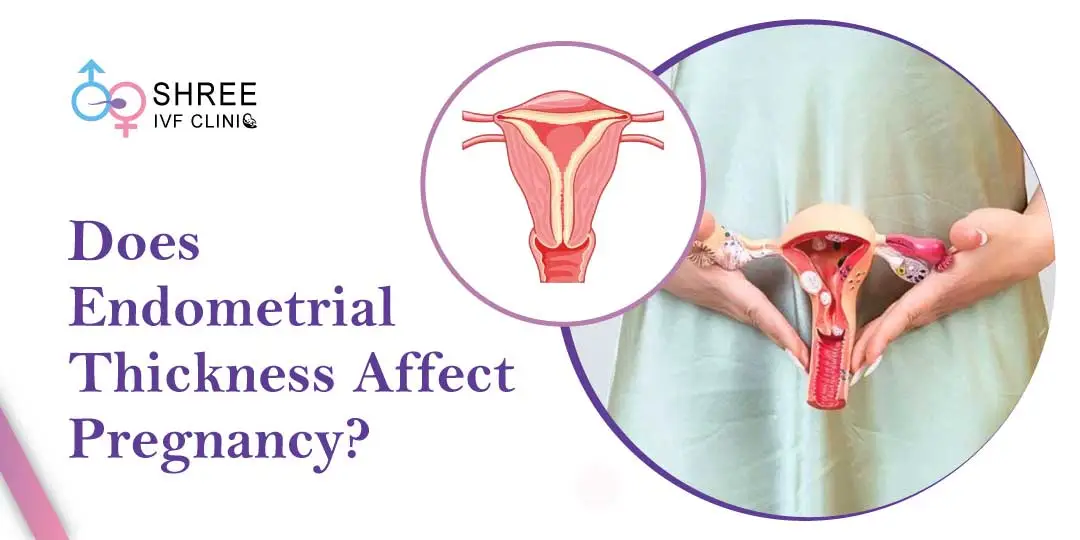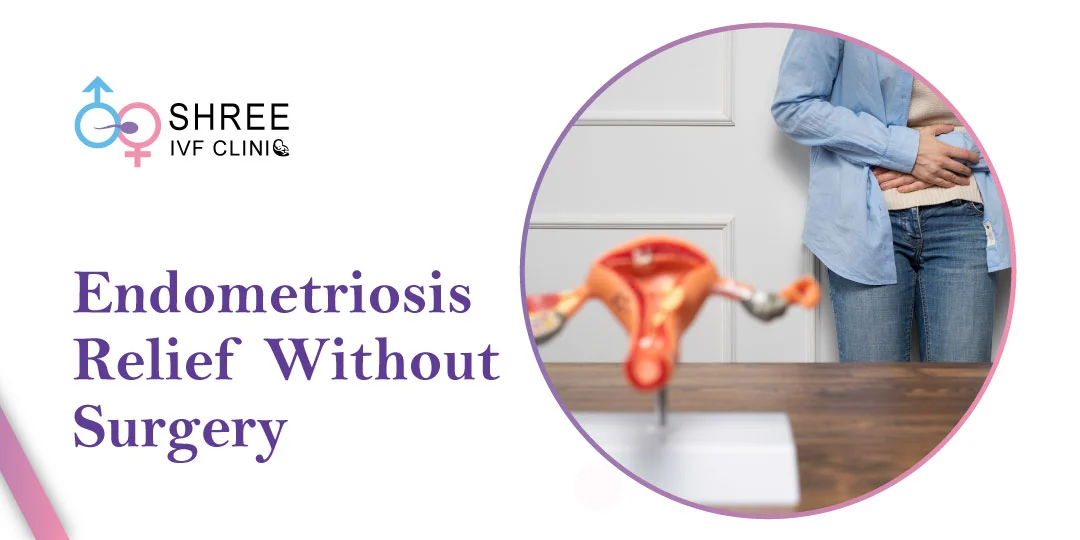Cervical Cancer Vaccine That Every Indian Need to Know
UPDATED ON 28 OCT. 2021
Every year around one lakh women are diagnosed with cervical cancer, and around 50-60 thousand women die because of it. It’s vital to know this type of cancer in women and the best ways to prevent it.
To understand cervical cancer, let’s understand what a cervix is.
The cervix joins the uterine body (the top section of a fetus) with the vagina (birth canal).
The cervix consists of two sections and is covered by two cell types.
- The endocervix is the opening in the uterus of the cervix. The glandular cells are coated.
- The exocervix (or ectocervix), which may be seen during a speculum exam, is the outside portion of the cervix. It is clothed with spinal cells.
The transformation zone is considered the location where these two cell types converge in the cervix. As you get older and if you have children, the exact position of the transition zone shifts. The transformation zone is where the majority of cervical malignancies originate.
Now, in the cervix, cells grow and divide abnormally, cancer begins and spreads. It can be life-threatening if not treated on time. The best cure for cervical cancer is to prevent it. We can prevent cervical cancer with regular PAP smear screening and HPV vaccine.
AUTHOR
Dr Jay Mehta
Scientific Director & IVF Specialist with 10+ years of experience
TREATMENT
CONDITION
GET IN TOUCH ON
Cervical cancer Symptoms
Cervical cancer in its early stages usually has no symptoms.
Cervical cancer that has progressed has the following signs and symptoms:
- Vaginal bleeding occurs after a sexual encounter, during a period, or after menopause.
- Vaginal discharge that is watery, crimson, and has a terrible odour.
- Pelvic pain or discomfort during sexual activity.
Cervical cancer Causes
Cervical cancer is caused by changes (mutations) in the DNA of healthy cells in the cervix. The DNA of a cell carries the instructions that tell it what to do.
Healthy cells grow and multiply at a certain rate before dying after a set amount of time. The mutations cause the cells to proliferate and replicate uncontrollably, and they do not perish as a result. The aberrant cells that are accumulating create a bulk (tumor). Cancer cells can infiltrate and break out of a tumor into other body parts to spread (metastasize).
Although the exact etiology of cervical cancer is unknown, HPV is known to play a role. The majority of people who are infected with HPV are more likely to get this cancer. It indicates that other variables, such as your environment and lifestyle choices, have a role in whether or not you get cervical cancer.
Types of Cervical Cancer
You can use the kind of cervical cancer to decide your prognosis and therapy. Cervical cancer’s major kinds are:
- Squamous cell carcinoma – The cervical carcinoma originates in thin, flat cells (squamous cells), which flow into the vagina and fill out the outer section of the cervix. Squamous cell carcinomas comprise the majority of cervical cancer.
- Adenocarcinoma – The column-shaped glandular cells that border the cervical canal begins with this kind of cervical cancer.
In cervical cancer, sometimes both cell types involve themselves. Cancer develops very infrequently in other cervical cells.
Why is vaccination the best prevention measure?
Currently, only abstinence and permanent mutual monogamy may prevent all genital HPV infections. There is no conclusive evidence that barrier contraception, such as condoms, protects against HPV infection. Second, the infection is asymptomatic, except for genital warts.
As most cervical cancers are related to HPV infections, getting one can prevent precancers. Getting an HPV vaccine can lower the risk of getting an infection, thus reducing the chances of getting cervical cancer.
Even in affluent nations, adherence to a regular screening of the vulnerable female population by monthly Pap smears has been inadequate, but large-scale routine screening in developing countries like India is difficult to obtain.

4,790+
379K+
” Every individual and couple’s journey is unique, and
finding the right solutions tailored to their specific
circumstances can make all the difference “
Dosage and Schedule of Vaccine
The intramuscular dosage of vaccination is 0.5 mL, either in the deltoid or anterior-lateral muscles. It is supplied in a single-dose vial or a prefilled syringe as a sterile suspension that should be shaken before use. The manufacturers should follow the instructions for vaccine storage and administration.
Vaccination should begin when a child is 9–12 years old. Up to the age of 26, catch-up immunization is authorized. With Gardasil, three doses at 0, 2, and 6 months are advised; with Cervarix, three doses at 0, 1, and 6 months are indicated (minimum interval of 4 weeks between the first and the second dose, 12 weeks between the second and third dose and 24 weeks between the first and third dose).
HPV vaccinations can be administered at the same time as other vaccines like Hepatitis B and Tdap. There is currently no evidence to support the usage of boosters.
The HPV vaccination series does not need to be resumed if the timetable is disrupted. The second dose should be delivered at 12 weeks between the second and third dose as early as conceivable after the first dose if the series is delayed. If the third dosage is the only one that has been missed, it should be given as soon as feasible.
Conclusion
Like other cancers, cervical cancer can be life-threatening if not prevented or treated on time. If you are a woman, or a man, that has female members in the house, ask them to read this blog to get an idea. It is crucial to stay updated and keep yourself safe from such diseases.
If you have any queries, contact us by booking an appointment. Our doctors will answer all your questions as soon as possible.
AUTHOR
Dr Jay Mehta
Scientific Director & IVF Specialist with 10+ years of experience
CONDITION
CALL US 24/7 FOR ANY HELP
GET IN TOUCH ON
Share Article on
Recommended Reading
Endometriosis Thickness and Its Impact on Pregnancy
A good endometrial thickness (8-14 mm) is essential for pregnancy, especially in women with endometriosis. Learn how it impacts fertility and conception
How To Cure Endometriosis Without Surgery?
Endometriosis symptoms can be managed without surgery. Medications, natural remedies, and lifestyle changes help to manage symptoms
Difference Between Adenomyosis and Endometriosis
Endometriosis causes tissue to grow outside the uterus, while adenomyosis leads to growth within the uterine muscle




